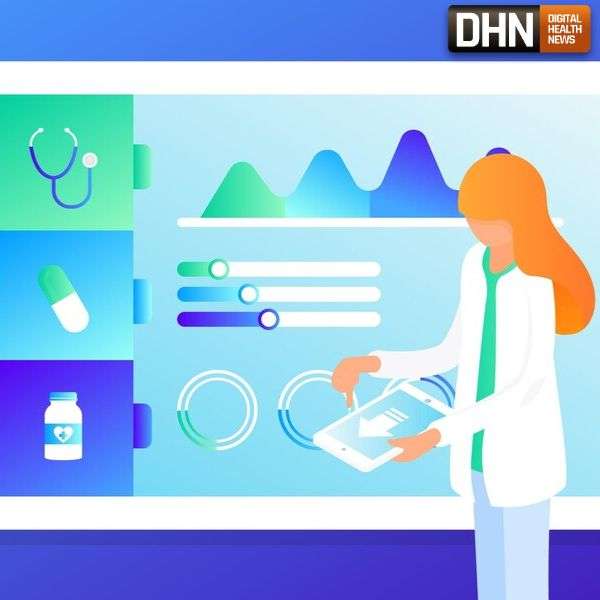The Rise of Remote Patient Monitoring: Benefits and Challenges
Remote Patient Monitoring (RPM) is emerging as a transformative force in modern healthcare, offering innovative solutions for tracking and managing patient health outside traditional clinical settings. By utilizing cutting-edge technology to monitor patients' vital signs and health metrics in real-time, RPM is bridging the gap between in-person visits and continuous care. This blog explores the benefits and challenges of RPM and its role in reshaping healthcare delivery. Stay informed with Digital Healthcare News for more insights into the latest trends in RPM and digital health.
What is Remote Patient Monitoring?
Remote Patient Monitoring involves the use of digital tools and connected devices to collect patient health data remotely. These devices, such as wearable sensors, smartwatches, and mobile health applications, transmit information to healthcare providers in real-time. Common metrics tracked through RPM include heart rate, blood pressure, glucose levels, oxygen saturation, and weight.
https://www.digitalhealthnews.com/


